Are you a baseball pitcher coming out of basketball? Are you trying to implement a throwing program or even perhaps throw some bullpens? Are you noticing or being told that you throwing much slower than you know you have in the past? Are you hearing, “well, it’s because you haven’t thrown in a while”? Are you being told, “you haven’t made enough gains from last year to be on varsity this year”?
I am seeing this as an occurrence with some clients. Why does it happen? If you have been following me for any length of time or have ever had a lesson or service performed by me, you should know that I try my best to keep things simple. He is my attempt at a simple answer to a more complex issue… basketball is a jumping (vertical) sport. Jumping is a quad dominant movement. Pitching, at the beginning phases, is a hip loaded and lateral sport movement. If you have spent 8 – 10 weeks (or longer) working on vertical power movements, then you lateral power movements may be “turned off”.
If you are having trouble making the pitching gains early in the season, it may be because the pitching movement muscles need to be programmed to the “on” position. Let me know if you need some help with this issue.
Go to my scheduling app to get an appointment asap.
Wishing you health and success,
Joe



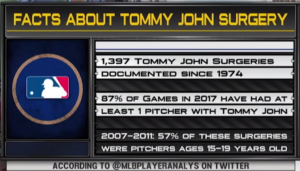
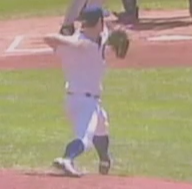
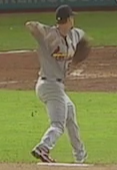
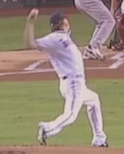

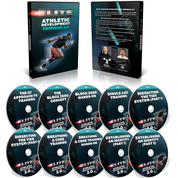

 Today’s guest post comes from Evan Osar. Evan has spent over 1,000 hours refining an approach to corrective exercise and has compiled it in a program he calls the
Today’s guest post comes from Evan Osar. Evan has spent over 1,000 hours refining an approach to corrective exercise and has compiled it in a program he calls the 
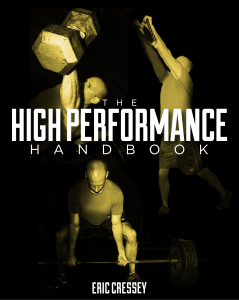
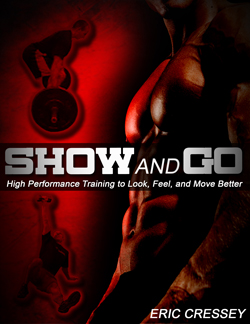
Follow Joe